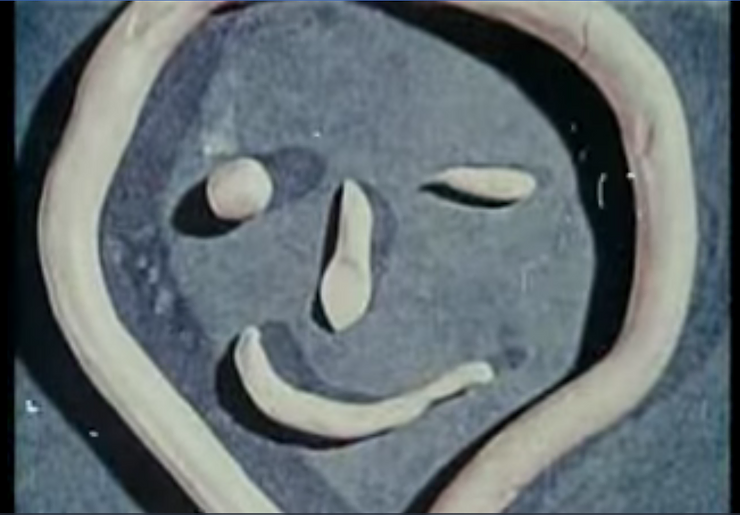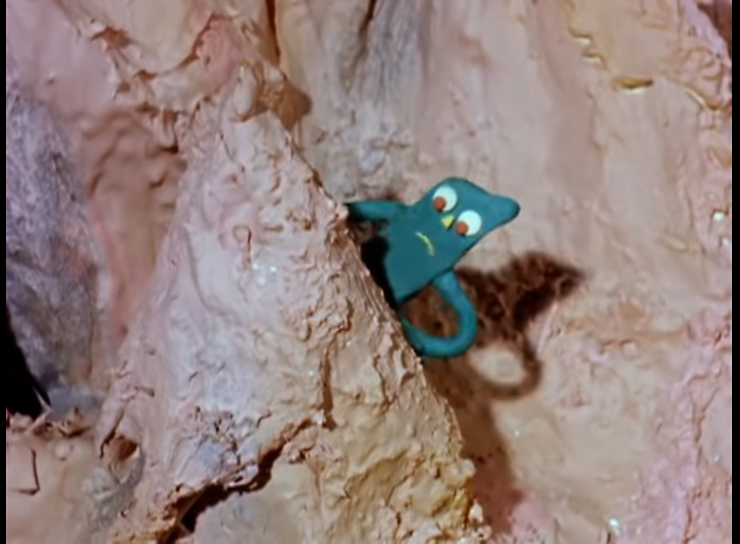While I was looking for an interesting American TV Animation in this area, I found a stop motion clay animation. The protagonist's name is Gumby, a little green man. To his right is his pony Porky.
(From the animation "Gumby Racing")
This novel way of creation attracts me. Compared with those flat drawings, clay is a 3D model, which seems to look more real. The creator of Gumby is Arthur Clokey, people also call him Art Clokey. He is a pioneer in popularizing stop-motion clay animation in the United States.
Art Clokey released the experimental film "Gumbasia" in 1953. This is a stop-motion animation that uses clay to form some objects or shapes. You can see that the clay can be transformed into whatever you want it to be, and at the end of the video he made a "face". I think this paved the way for the emergence of Gumby.
On January 29, 1955, Clokey wrote and filmed the first pilot episode starring Gumby, titled The Adventures of Gumby: Specimen. Thomas Warren Sarnoff watched it and asked him to make a second episode. Gumby first appeared in "Howdy Doody", the second episode "Gumby on the Moon". Gumby became so popular that they later produced their own animated series, "The Gumby Show."
(From "Robot trouble")
1988 launched a new series "Gumby Adventures".
“From Gumby - Moon Trip”
This method of animation production was very successful, and Gumby gained many achievements and opportunities for commercial cooperation. Compared to those bloody and violent animations, Gumby seems to be more suitable for people of all ages. As a character, Gumby, Clokey animated the character into a children's story, using clay to illustrate his series of fantastic adventures. I have to say that this is a very successful attempt. Stop-motion animation requires lower costs, simple props, and good finished products. The disadvantage is that the production cycle of props is long, the degree of freedom is low, and it will be restricted by objective conditions. Because clay cannot have the very exaggerated and wild expressions that can be seen in current 3D production or hand-painting.



